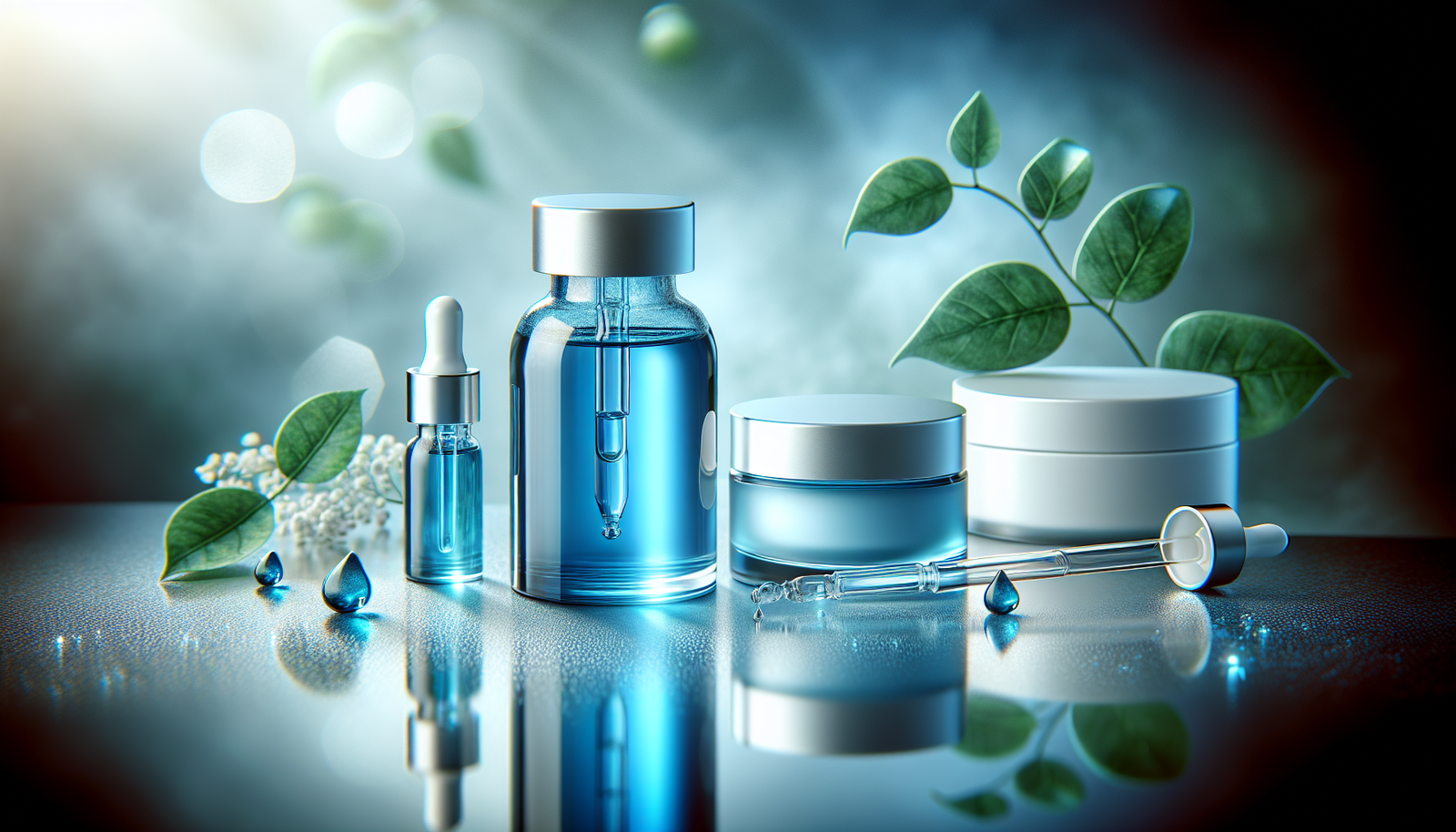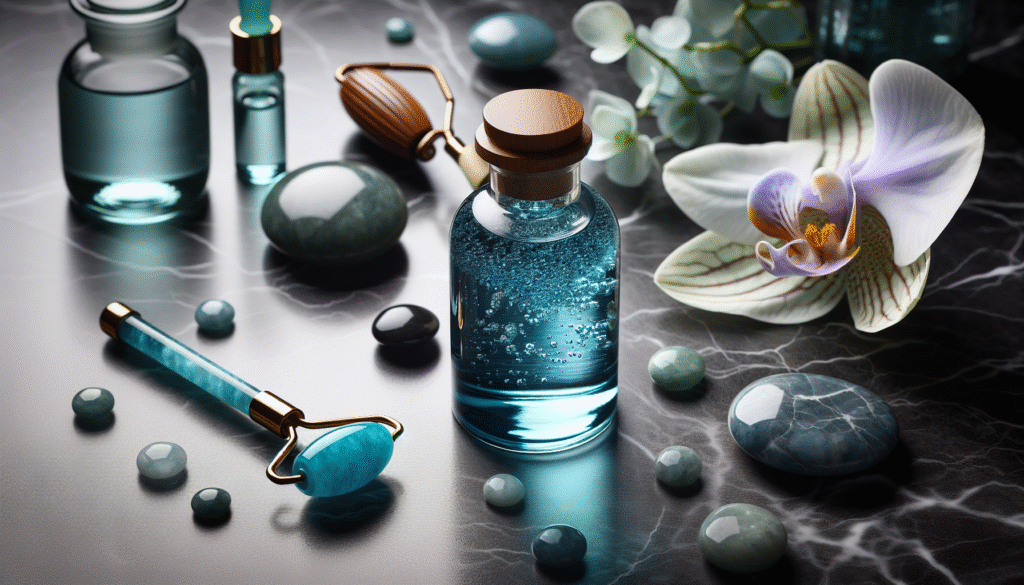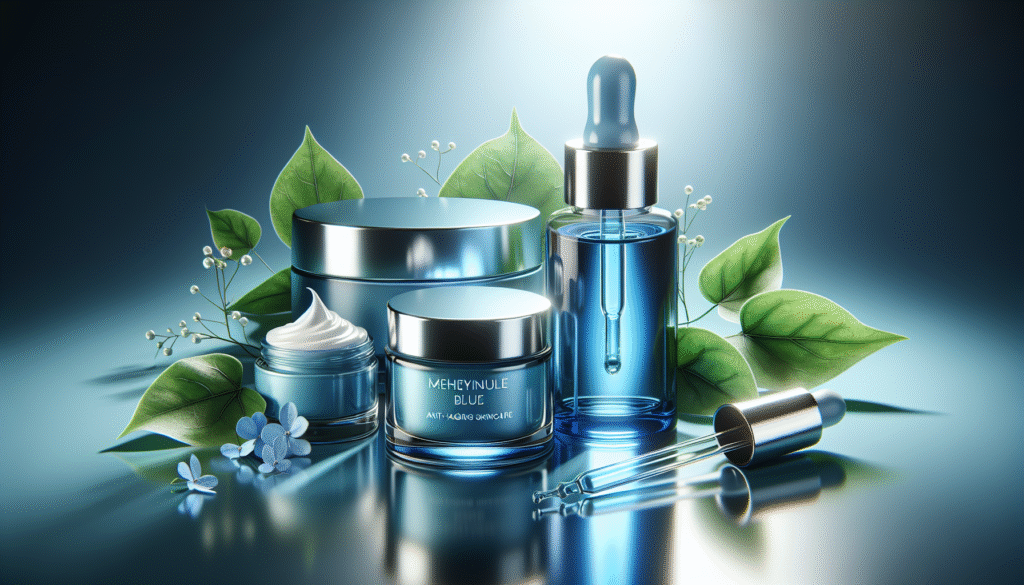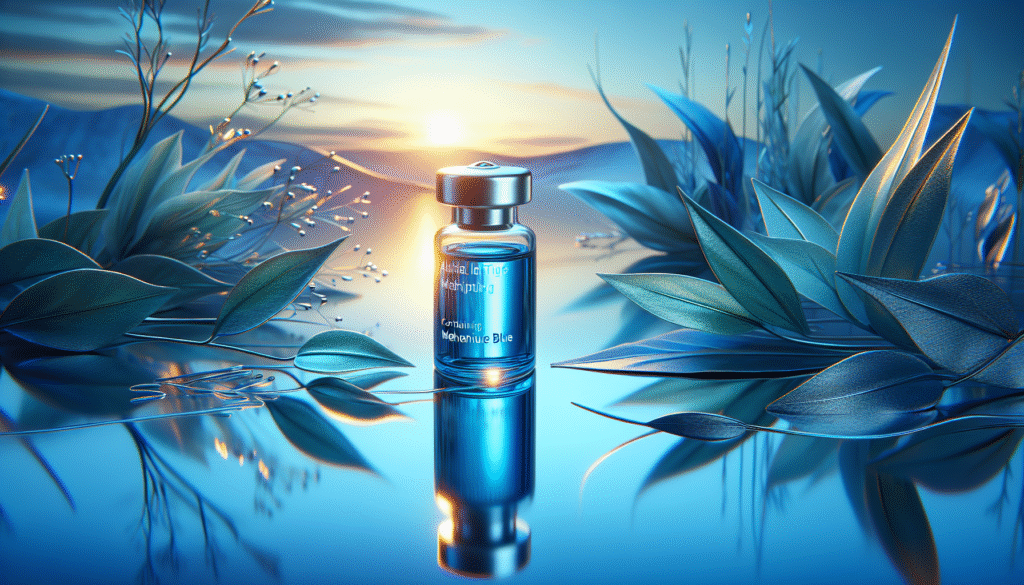
Have you ever considered the role of Methylene Blue in anti-aging treatments? It’s a compound that has garnered attention for its purported benefits in longevity and cellular health, but there are many misconceptions surrounding its efficacy and safety.
Understanding Methylene Blue
Methylene Blue is a synthetic dye that has been utilized in various medical applications, including as a treatment for methemoglobinemia and as a stain for biological tissues. Its chemical properties allow it to act as a redox indicator and it has also been studied for potential neuroprotective effects. Methylene Blue’s roots in chemistry and medicine offer a glimpse into its multifaceted roles and raise intriguing questions about its applications in anti-aging therapies.
Historical Perspective
Historically, Methylene Blue was first synthesized in the late 19th century. It was introduced in medicine around 1891 and has been used in a variety of treatments. Its initial uses were not associated with anti-aging, but its ability to permeate cells and affect mitochondrial function has prompted significant research in this area.
Mechanisms of Action
The potential anti-aging benefits of Methylene Blue are largely attributed to its action on cellular respiration and mitochondrial health. By enhancing mitochondrial function, Methylene Blue may help improve cellular energy production. This, in turn, can have implications for overall vitality and longevity.
Antioxidant Properties
One of the most significant discussions around Methylene Blue in the context of anti-aging involves its antioxidant properties. Antioxidants neutralize free radicals, which can cause oxidative stress—one of the leading factors in aging. By combating oxidative stress, Methylene Blue may contribute to healthier aging processes.
Myths Surrounding Methylene Blue
Despite the potential benefits of Methylene Blue, there are several myths that need clarification to prevent misinformation from spreading.
Myth 1: Methylene Blue Is Dangerous
Many believe that Methylene Blue is inherently dangerous due to its synthetic origins. While it indeed has side effects, like any compound, Methylene Blue is deemed safe for specific applications when used appropriately.
Myth 2: Methylene Blue Can Replace Traditional Anti-Aging Treatments
Some proponents claim that Methylene Blue can completely substitute conventional anti-aging therapies such as creams and supplements. However, it should be viewed as a complementary treatment rather than a replacement.
Myth 3: Methylene Blue Will Cure Aging
The notion that Methylene Blue can “cure” aging is misleading. Aging is a complex biological process influenced by numerous factors. Methylene Blue may offer supportive benefits to maintain cell health and function, but it cannot halt the aging process.
Myth 4: All Methylene Blue Products Are Created Equal
There is a misconception that all forms of Methylene Blue are identical. Variations in concentration, formulation, and intended use can lead to different results. Quality and purity should always be considered when sourcing any supplement or treatment.

Facts About Methylene Blue
Understanding the facts about Methylene Blue can help you make informed decisions when considering its role in anti-aging.
Fact 1: Research Supports Its Potential Benefits
Recent studies indicate that Methylene Blue has neuroprotective properties and may assist in enhancing cognitive function. By improving mitochondrial function, it may promote overall cellular health.
Fact 2: Safe Dosage Is Critical
Clinical studies typically utilize specific dosages that have been shown to be effective and safe. Self-medicating with Methylene Blue without guidance can lead to adverse effects. Consultation with a healthcare professional is essential.
Fact 3: Not a Magic Bullet
It’s crucial to recognize that while Methylene Blue shows promise, it is not a magic bullet for aging. Lifestyle factors, including diet, exercise, and overall health, play significant roles in the aging process and should be prioritized.
Fact 4: Potential Side Effects Exist
Methylene Blue can cause side effects such as gastrointestinal upset, dizziness, and allergic reactions in some individuals. Understanding both the benefits and risks is vital before incorporating it into your regimen.
The Science of Aging
A crucial aspect of understanding Methylene Blue’s role in anti-aging requires a broader perspective on the science behind aging itself. Aging affects every system in the body and tends to create a decline in physical, cognitive, and emotional function over time.
The Role of Mitochondria
Mitochondria are often referred to as the powerhouses of the cell, generating energy essential for cellular function. As you age, mitochondrial function can deteriorate, leading to decreased energy levels and increased cellular damage.
Oxidative Stress and Aging
Oxidative stress occurs when there is an imbalance between free radicals and antioxidants in your body. As you age, your body may struggle to produce sufficient antioxidants to combat free radicals, which can lead to cellular damage and accelerated aging.
The Inflammation Connection
Chronic inflammation has been identified as a significant factor in the aging process. It plays a key role in the development of age-related diseases, including heart disease and neurodegenerative disorders. Methylene Blue’s anti-inflammatory properties may potentially address some of these issues.

Practical Applications of Methylene Blue
Integrating Methylene Blue into your health regime involves understanding its practical applications in anti-aging and overall wellness.
Choosing Quality Products
When considering Methylene Blue, opt for pharmaceutical-grade products from reputable sources to mitigate risks associated with impurities or inappropriate dosages.
Understanding Administration
Methylene Blue can be administered in various forms, including oral supplements or topical applications. The best mode of delivery may depend on your specific health goals and preferences.
Combination with Lifestyle Changes
To achieve optimal results, consider combining Methylene Blue with healthy lifestyle choices such as a balanced diet, hydration, regular exercise, and good sleep hygiene. These habits work synergistically to promote health as you age.
Methylene Blue in Clinical Practice
Emerging Studies
Research surrounding Methylene Blue is expanding, with current studies investigating its effectiveness in conditions like Alzheimer’s Disease and other neurodegenerative disorders. Understanding its implications in these areas may shed light on its broader anti-aging potential.
Medical Guidance and Approvals
While some healthcare practitioners may advocate for Methylene Blue use in specific circumstances, it remains essential to seek medical advice before considering it as a treatment option. Regulatory bodies have set guidelines for its use in medical practice.
Personalizing Your Health Approach
Every individual is unique, and what works for one person may not yield the same results for another. Personalizing your approach to include Methylene Blue should involve thorough discussions with a healthcare professional about your health history and goals.

Concluding Thoughts
Methylene Blue presents fascinating potential in the context of anti-aging, but it is essential to differentiate fact from fiction. Acknowledging the science behind its use and recognizing that it is not a standalone solution is vital for a balanced perspective.
As you consider Methylene Blue in your anti-aging strategy, remember that a comprehensive approach that includes maintaining steady physical activity, a wholesome diet, and proactive healthcare can contribute significantly to healthy aging. A well-rounded method centered on overall wellness is more likely to yield sustainable results over time.
By approaching Methylene Blue with informed awareness and a holistic mindset, you can harness its benefits while also appreciating the complexities of the aging process.